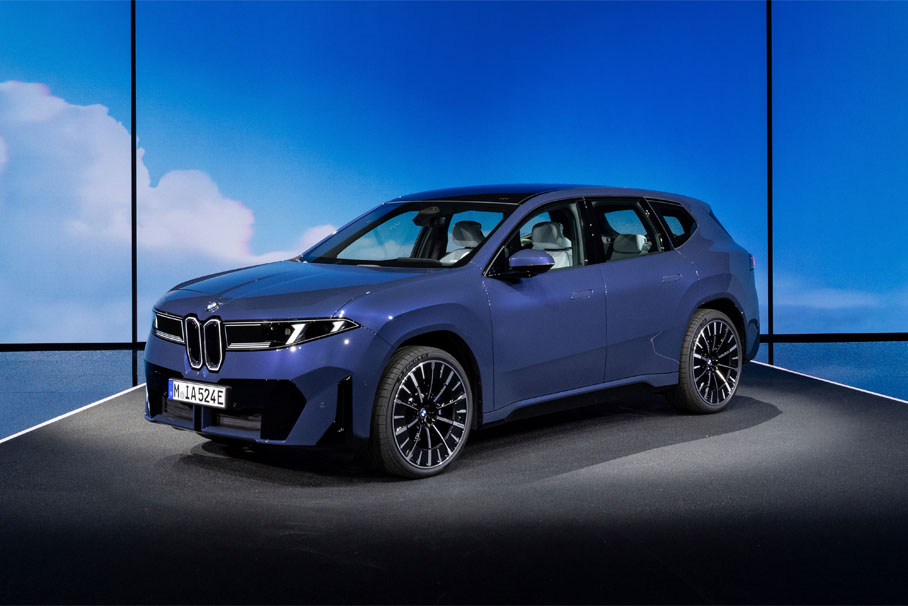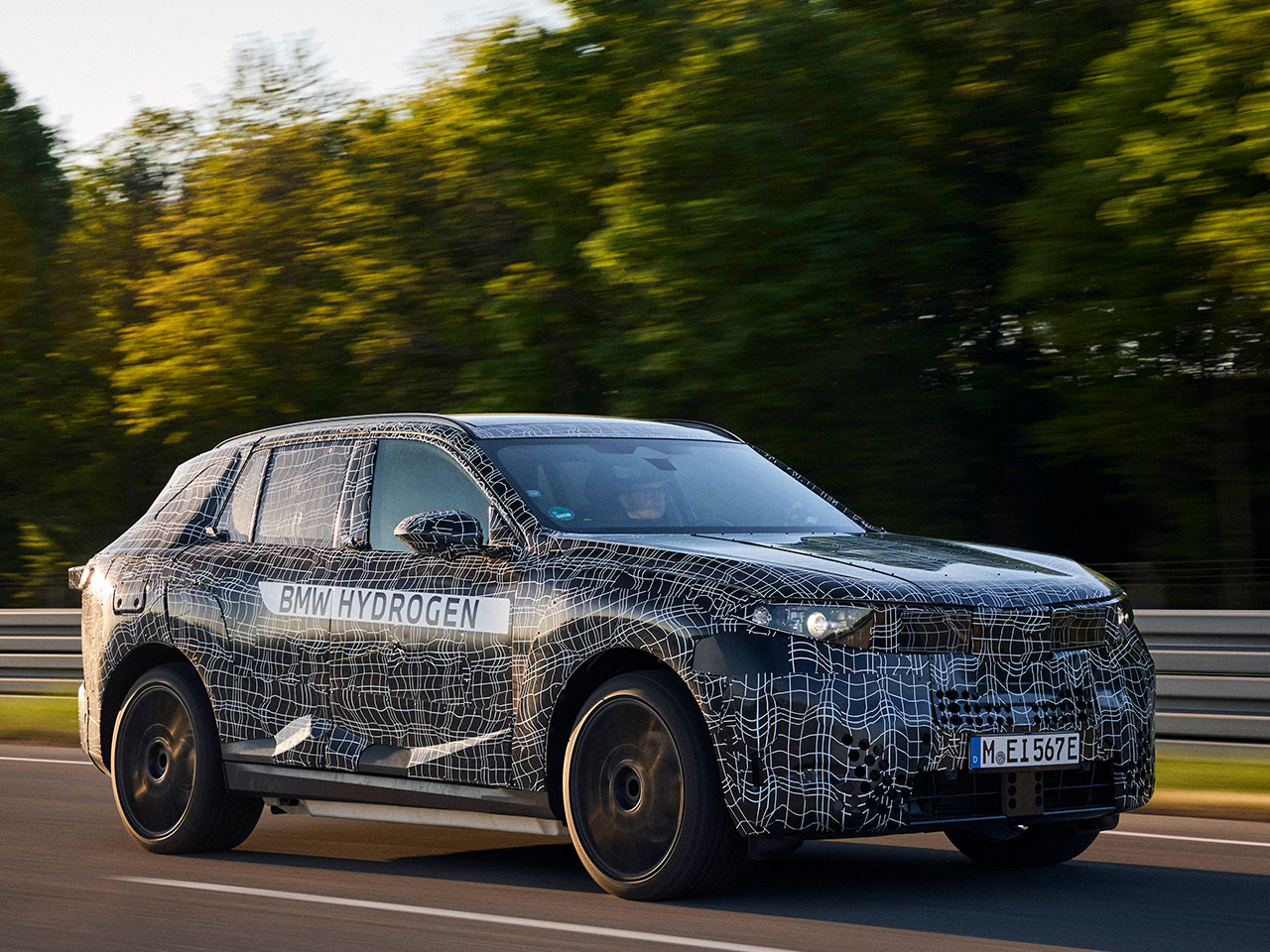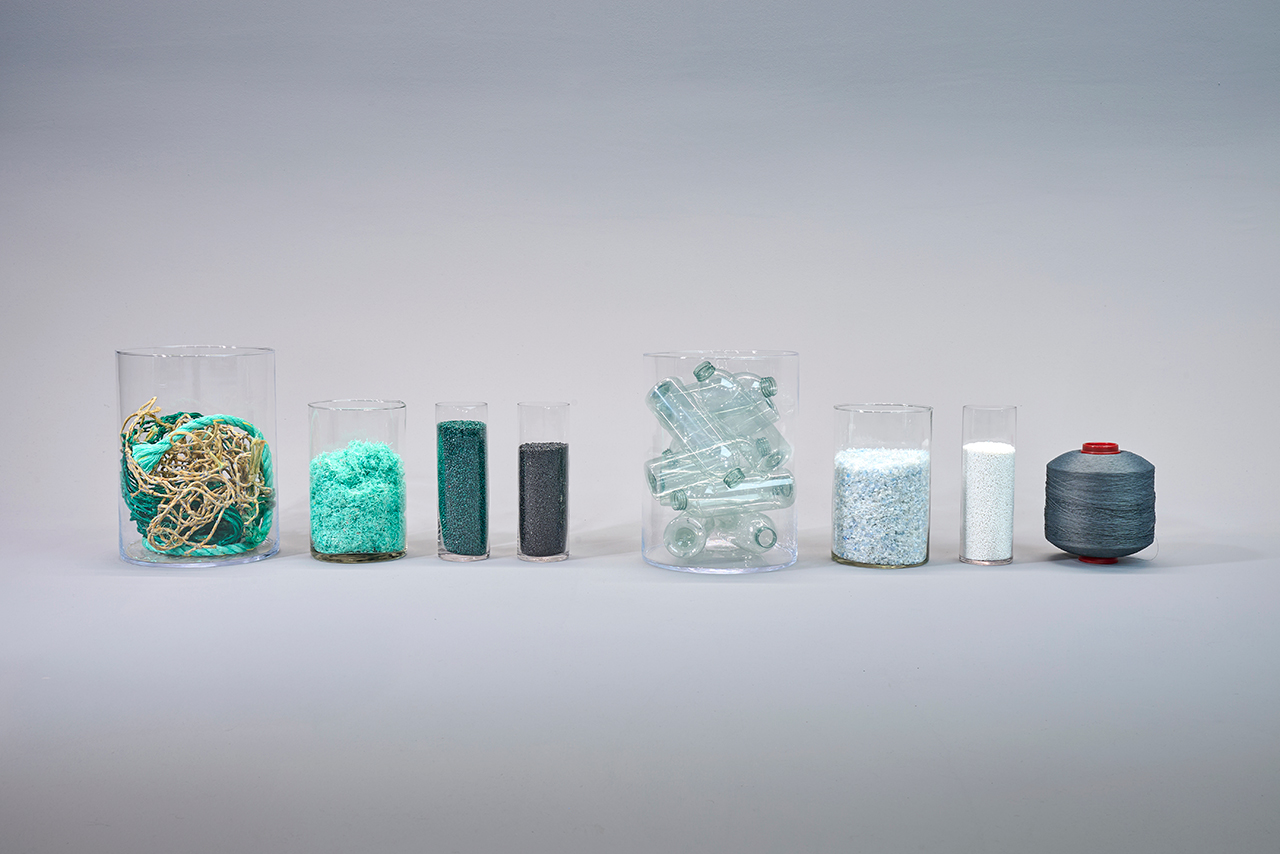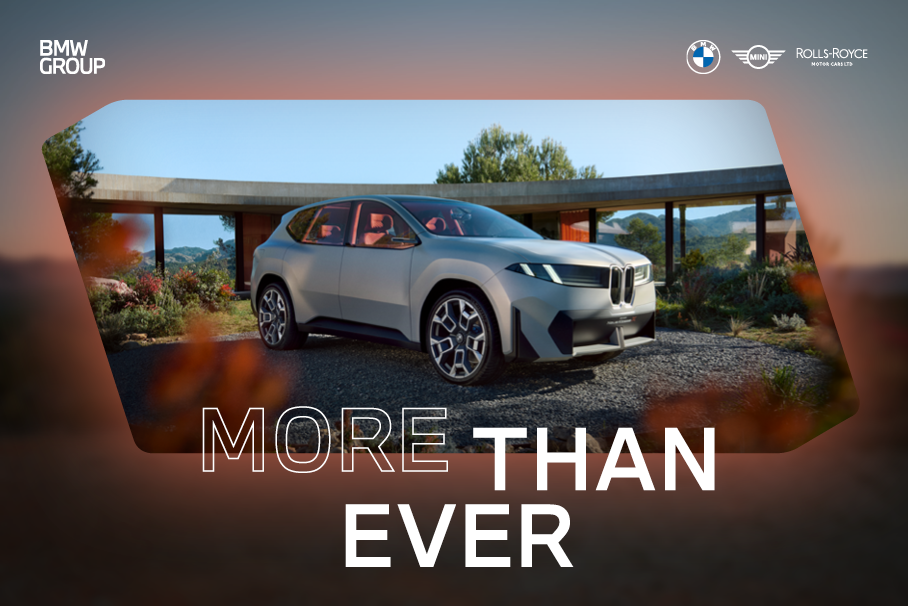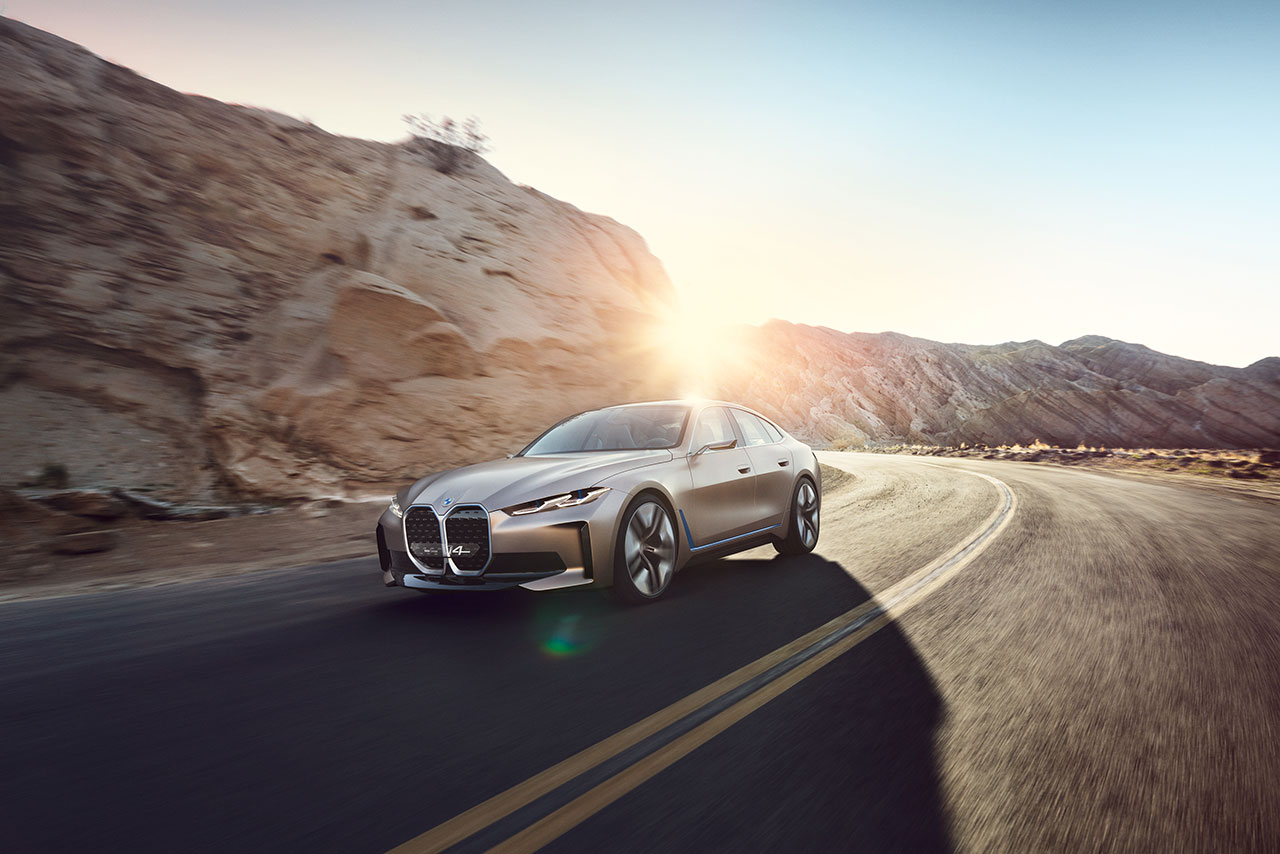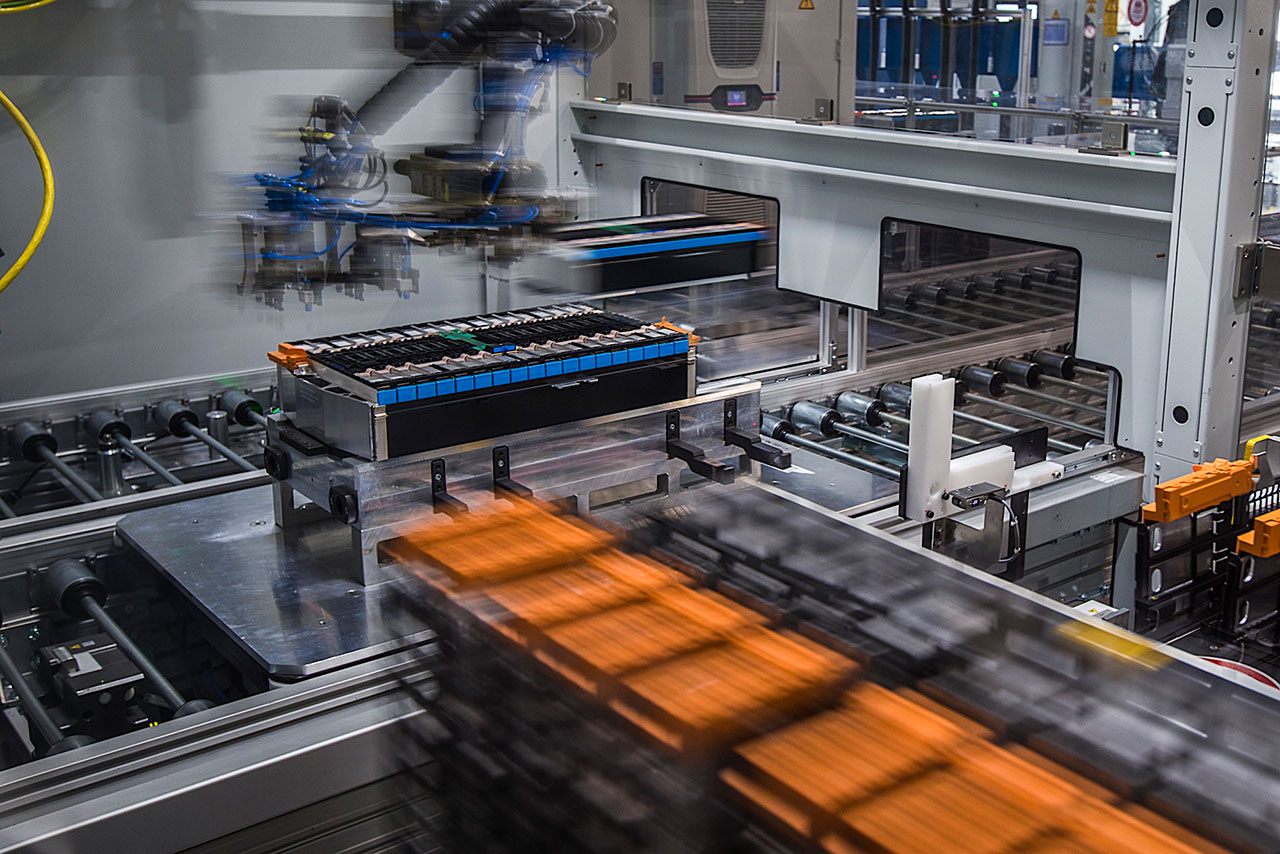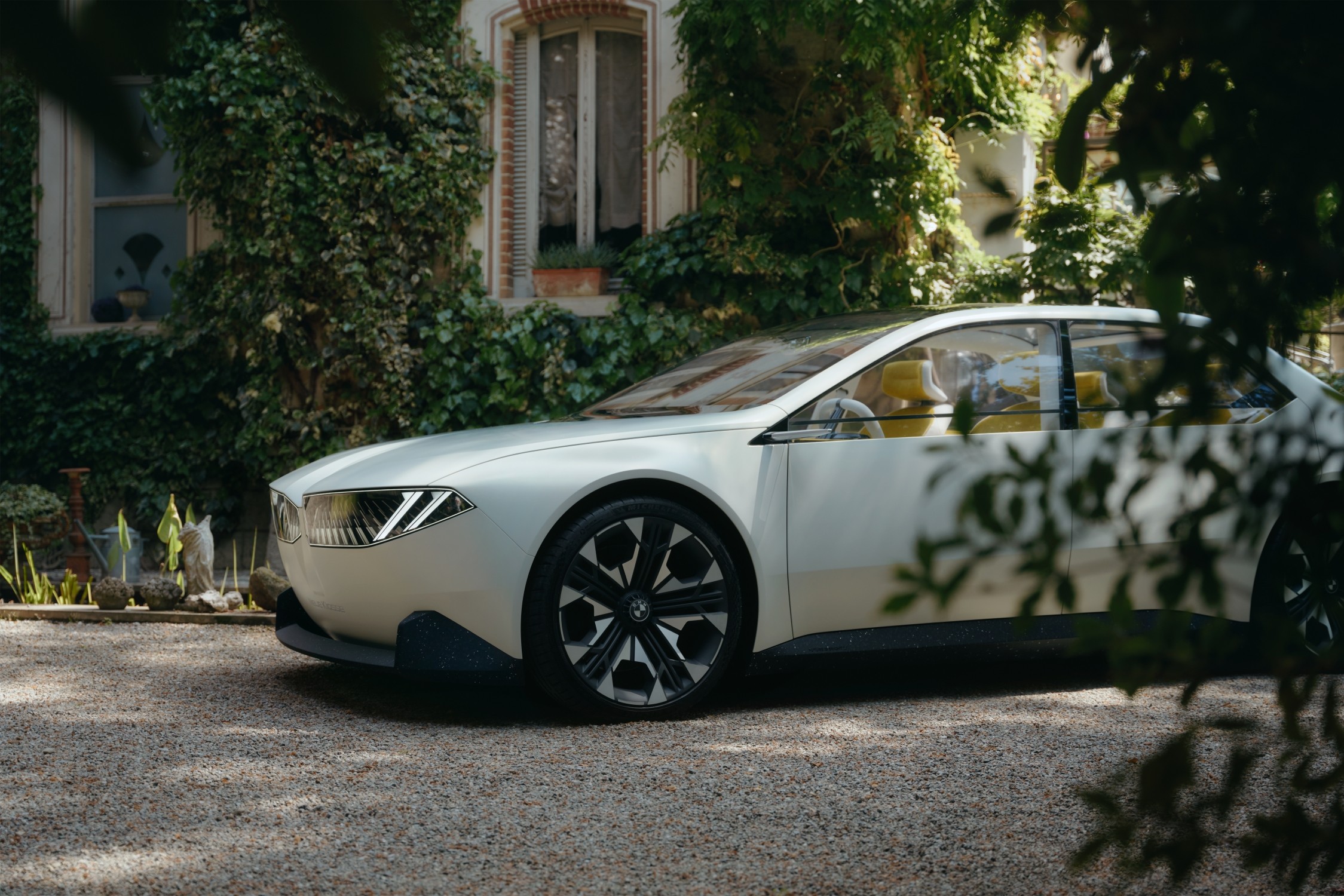At this year’s DLD Conference, CEO Oliver Zipse talks about the BMW Group’s mission for greater sustainability and why electromobility is only a visible aspect of it. Here is what he said.
We embrace sustainability.
Hello everyone,
Before we jump into our conversation, allow me to share some thoughts.
With the start of the new decade, all major world regions are now firmly committed to climate protection. The USA have returned to the Paris Climate Agreement. China wants to achieve carbon neutrality by 2060. And the European Union is driving forward the Green Deal.
Like no other sector, mobility is regarded as a role model for progress. This is simply because vehicles and their footprint are very visible in our everyday life. At BMW, we embrace sustainability. We strive to become a role model – not only with our products, but with our entire company. We can only achieve this by leveraging our full technological competence.
Of course, we are electrifying our fleet. But this is just the visible part. Our ambition is to build the greenest electric vehicles in our industry: From raw materials, supply chain and production up to recycling. Just two examples: Our suppliers are using 100% green electricity in battery cell production. And we are already thinking beyond CO2.

Every year, more than 100 billion tons of new materials are entering the global economy. We need to find ways towards a more circular economy. For example, in our vehicles, we use up to 50% secondary aluminum in specific parts today. But we’re aiming much higher. We are initiating a paradigm change with a new approach in development: Secondary first – wherever the level of material quality allows it. This means: We are re-evaluating every part of a vehicle. How can we maximize the use of secondary materials? Where can we use bio materials or mono materials for better recycling at the end of a car’s life?
It is crucial to understand: We need to act today, because any impact needs time. When we think of recycling a car that is in development today, we have to think 15 to 20 years ahead. At the IAA Mobility 2021 – which will hopefully take place in Munich this year – we will show further proof of our circular approach. Thinking long-term, from cradle-to-cradle.
From the birth of one vehicle to the birth of the next one.
Thank you.








